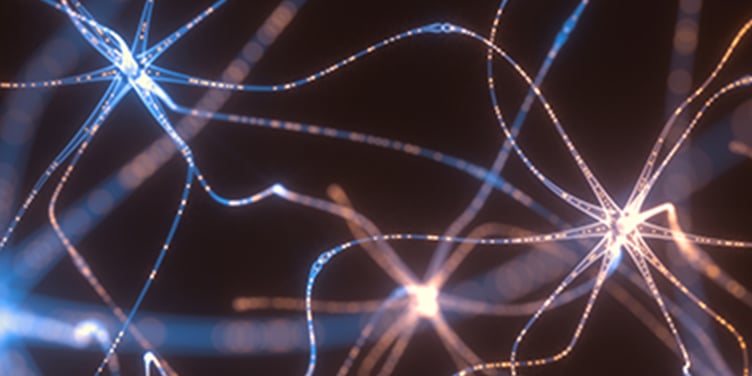
Facial Paralysis
Facial paralysis occurs when a person is no longer able to move some or all of the muscles of the face. These muscles are responsible for vital functions such as eating, speaking, closing the eyes and expressing emotions.
Facial paralysis may be caused by stroke, trauma, tumors that press on the facial nerve, diseases that affect the facial muscles or infections that may cause temporary or permanent nerve dysfunction.
Our Approach to Facial Paralysis
From a wide smile to the subtle lift of an eyebrow, facial expression is an important part of how we communicate and relate to others. Facial paralysis can strip patients of this social tool. What's more, it can impair the ability to close eyes, speak, swallow or even breathe through the nose.
UCSF's plastic and reconstructive surgeons strive to restore normal function and expressive movement to the face. They provide many types of procedures, from nerve grafting and tendon transfers to botulinum toxin (Botox) injections. Facial muscle retraining and therapy are also critical for restoring symmetry to the face.
The field of facial paralysis surgery is progressing rapidly, and UCSF is on the forefront of developing new and improved techniques.
UCSF Health medical specialists have reviewed this information. It is for educational purposes only and is not intended to replace the advice of your doctor or other health care provider. We encourage you to discuss any questions or concerns you may have with your provider.





